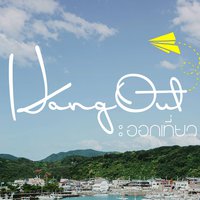Ranong is a southern province located on the Andaman Sea coast of the Indian Ocean, approximately 568 kilometers from Bangkok. It covers an area of 3,298 square kilometers and features the Isthmus of Kra, the narrowest point of the Malay Peninsula. The province is known for its scenic mountains, mineral springs, and the popular tourist destination of Khao Nga. Local souvenirs include sweet cashew nuts and pearls.

At 10:00 AM, we arranged for a songthaew (a type of open-air taxi) to pick us up at the hotel for a tour of the city and surrounding areas. Our driver was Ms. Nanthana Wongsilp, who goes by the nickname Nan.

The red wooden songthaew, driven by Nan, took us on a tour. It's a shared taxi that runs around the city for 15 baht per ride, all the way.

The first place Nan took us to visit was the Ratnarangsarn Palace (replica), located at the foot of Ratnarangsarn Hill, near the provincial hall.

The palace is constructed from teak and golden teakwood. Exhibits within the palace include the bedroom of King Chulalongkorn (3rd floor), the Queen's chambers (2nd floor) with 6 rooms, an octagonal building, the audience hall, and a bridge connecting the residence to the octagonal building.

While we were visiting the replica palace, it started to rain. Nan then drove us to Wat Ban Hongaw in Hongaw Subdistrict, Ranong Province.
Looking back from the new ubosot of Wat Ban Hongaw, you can see Hongaw Waterfall.

This temple was originally just a place for monks to stay until Luang Pho Khiad, a wandering monk from Pattani, came to meditate here. The villagers were so impressed by him that they built a temple in his honor in 1987.

This temple is renowned for three things:
1. The Fish Palace, home to a vast number of large fish species, including giant catfish, freshwater barramundi, and giant Mekong catfish.
2. The newly built Ubosot, adorned with intricate and beautiful decorations.
3. The Tin Buddha statue, the largest of its kind in the world.

The Fish Palace in Wat Ban Hongaew
The Fish Palace in Wat Ban Hongaew is a large pond teeming with fish. The pond's edge is lined with the monks' quarters of Wat Ban Hongaew, with a backdrop of a bare hill. A staircase of approximately 300 steps leads to the top, offering panoramic views.

Nearby is a community agricultural product distribution center (Farm Outlet) named Wachi.

Vachira Shop is a producer of cashew nuts, available in various flavors: salt-baked, butter-baked, caramel-baked, honey-baked, and the original flavor (traditionally roasted).

Here you can find dried seafood, processed to take back as souvenirs.

The market offers a wide variety of local delicacies, including "Ga-Pa", a traditional sweet treat, and souvenirs like t-shirts. It's a one-stop shop for all your gift needs.

The rain stopped, Nan drove us to the Grass Mountain at the entrance of the temple.

Due to the recent rainfall, the ground remains wet, deterring visitors during this time.

Nan told Phang that in the past, cars could drive inside. However, due to cars driving onto the hill, the province came to install a fence.


Grazing is typically prohibited in the grassy mountain area to prevent animal waste from disturbing tourists. However, due to insufficient grass in nearby areas, villagers regularly allow their cows to graze there.

After taking photos for a while, it started to rain. So, Nan took us to another place to continue our trip.

The Phrang Hot Spring is a health tourism destination located within the Namtok Ngao National Park.

This hot spring has been beautifully landscaped, allowing visitors to stroll and admire a variety of plant species. Amenities include footbaths, full-body hot springs, outdoor showers, restrooms, rest pavilions, parking, restaurants, and lodging.

The hot spring water is clear and clean, with no sulfur or rotten egg odor. White calcite deposits are present on the rocks. Gas bubbles are occasionally observed rising from the spring. The hot spring is fed by a thermal water source with a temperature of approximately 35-40 degrees Celsius. The water seeps out of the ground and forms pools, with a total of 13 springs located near a stream in the vicinity of the hot spring.

Phrang Hot Spring features four hot spring pools for standing and bathing, and four spa-style Jacuzzi tubs. The tubs are filled with mineral water, and there are showers available for rinsing off before and after soaking.





After soaking our feet and exploring the area for a while, we headed out for lunch.

Nan recommended a restaurant and took us there. The restaurant is called Chidlom.




The food and prices at this restaurant are considered normal. The food is suitable for those who prefer spicy flavors.

After lunch, we continued to the Raksa Warin Public Park Hot Springs.

Raksa Warin Public Park Hot Spring is located in the heart of the city. It is a naturally occurring hot spring with three pools: the Father Pool, the Mother Pool, and the Child Pool. All three pools have a temperature of approximately 65 degrees Celsius.

Father's Pond
The largest of the three hot springs, Father's Pond is a circular cement pond with a diameter of 2.80 meters and a height of 0.80 meters above ground level. The hot spring water is clear with a few bubbles of carbon dioxide rising from the bottom to the surface. There is no sulfur smell and no hot spring algae. The water continuously overflows from the pond.


The hot spring area offers therapeutic hot spring baths for health and relaxation, alleviating fatigue through the healing properties of the mineral water. Free foot baths are also available for relaxation. Additionally, the nearby area has been developed into the "Raksa Warin" public park, which provides pavilions for rest and hot spring bathhouses.

The mineral pool near the father's pool, which is next to the stream, is a paid pool. This pool has a shower room.

I crossed the suspension bridge to take some photos of the scenery for you.


Adjacent to the suspension bridge is a hot spring plaza. Underneath the plaza, hot spring water flows, warming the surface. This allows visitors to sit or lie down and feel the warmth radiating from the ground.

With ample time to spare, we decided to take a break and relax on the mineral water platform. Bringing a mat and pillow would have significantly enhanced our comfort.

Explore "Raksa Warin" Park




The hot spring bathing area consists of two large adjacent pools, inviting visitors to take a dip.

Walk back to explore the other side, which is a playground for children.



Crossing the suspension bridge to capture the atmosphere on the other side for you.



Around 2:00 PM, we returned to our hotel. Before leaving, we asked for the phone number of Nanthana, our driver and tour guide for the day.
Nanthana's phone number is 087-887-6162.
This review is part of a 4-day, 3-night trip to Ranong.
On the first morning, a van picked us up from the airport and dropped our bags at the hotel before taking us to dive at the Mook Islands. We returned to walk around the Ranong Walking Street.
On the second day, we left our bags at the hotel lobby and prepared to stay overnight at Koh Kood Mook in Burma. The hotel's car took us to the pier.
On the third day, we visited Koh Ta Puk, Koh Mook, and Koh Yai Nui, went diving at Koh Yai Nui, and had dinner at the Grand Andaman Hotel.
On the fourth day, we explored Ranong town, visited Khao Nga, worshipped the tin Buddha statue, soaked our feet in the hot spring, and bought souvenirs from local shops.
Thank you for reading. See you next time!
Wit Sil
Friday, October 4, 2024 3:15 PM

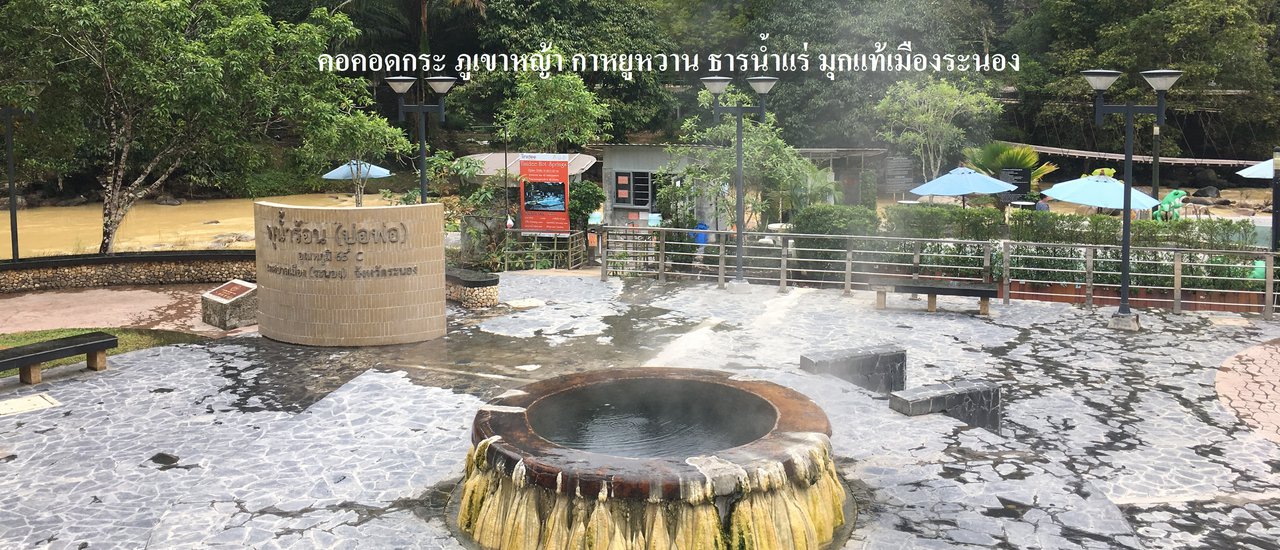



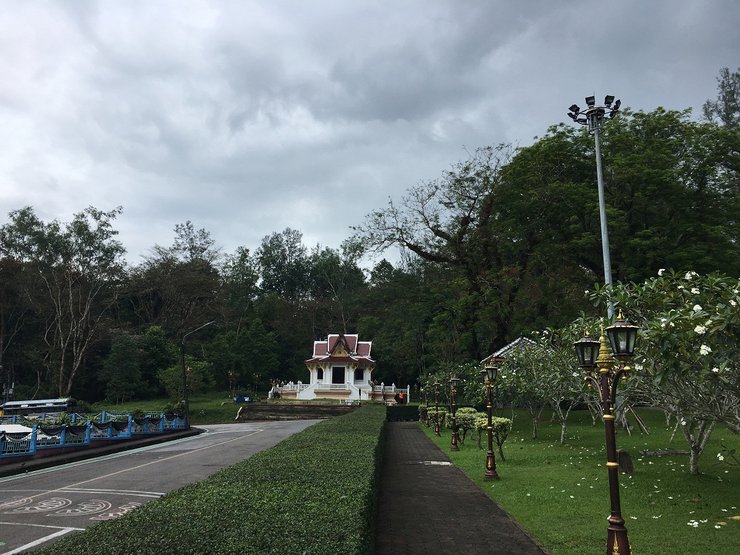
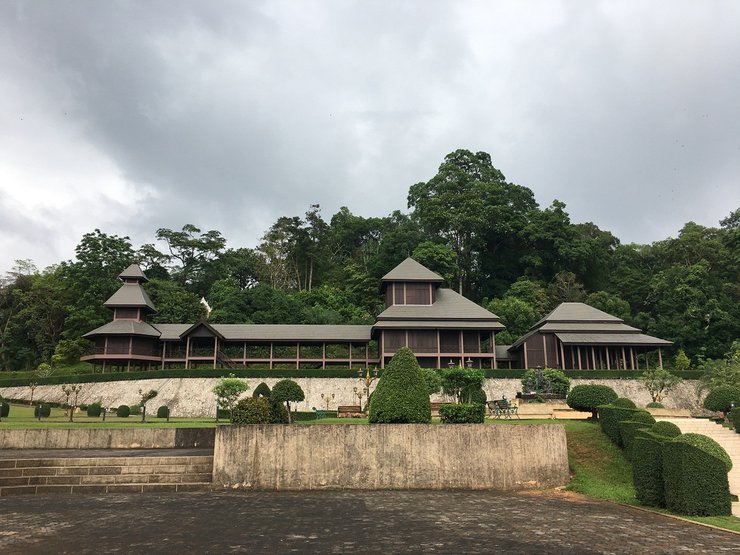
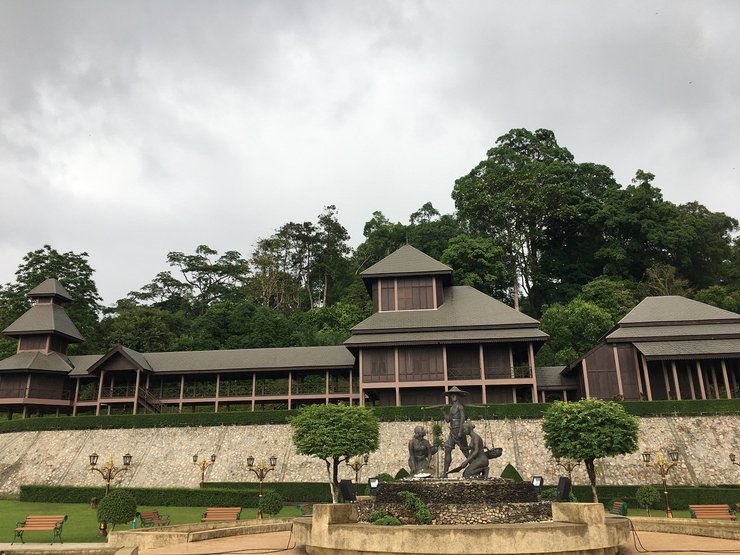
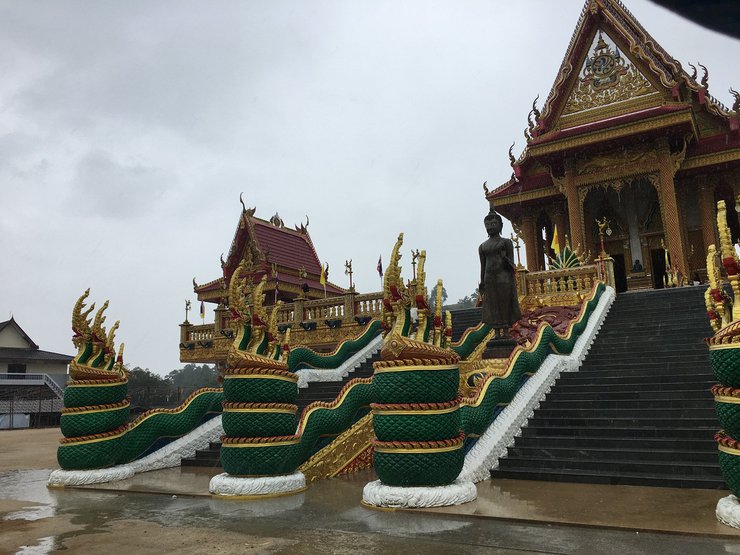
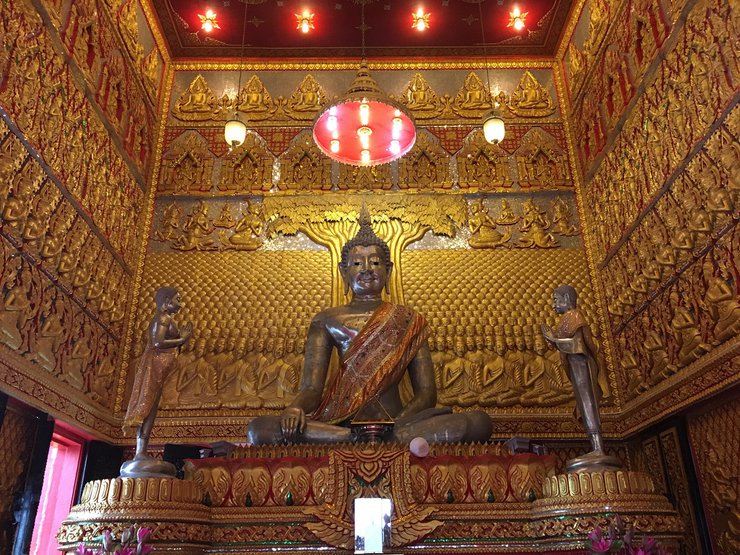

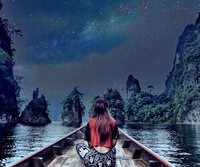
![Cover 3 Days 2 Nights [ Budget 2,000 ] on Koh Phayam, Ranong Province....A...](https://asset.readme.me/files/57895/thumb.cover.jpg?v=687b0ffa)

